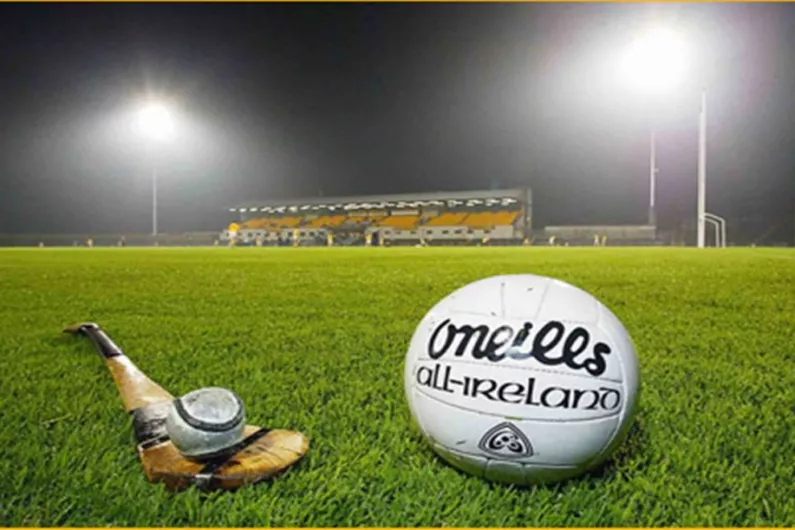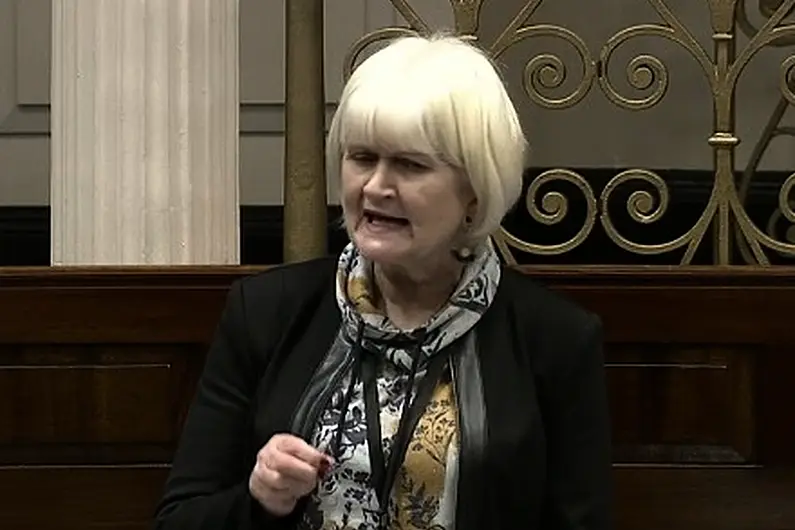Ransomware, how many of you went googling that term when it was first last week?
Basically the HSE and the health service are being held to ransom as an organisation with “ill” intentions have locked them out of their I.T system and are demanding a ransom to allow access again.
With the return of the hurling and football leagues over the past number of weekends, the thought crossed my mind, was our national sports now also the victim of a similar scam?
Is the working system of the games been held to ransom by the rule makers who are looking for change, but are they doing so without the support or input of the participants?
OK a few of the more recent changes have benefited the sport as a spectacle. Up there with them is the introduction of the yellow sliotar in hurling.
What a god send this has been particularly in following the game as you watch it live and in full splendour. I know that is a rare thing at the moment with games behind closed doors but trust me when the gates do open and you take in a live hurling encounter, the yellow sliotar will add to the enjoyment of the occasion.
You can now actually see the ball, follow its flight and not be depending on watching a player climb into the sky to see where it is going.
I recall a trip to Croke Park many moons ago during its redevelopment. The new Cusack had just opened with the remainder of the ground still the Croke Park of old.
The novelty of getting into the new stand had perked the interest in attending a double header of action at the hallowed stadium. A football match was the curtain raiser, I can’t remember who was playing, because the abiding memory is still of the hurling match that followed between Offaly and Clare.
It would have been my first time to see two of the big boys go head to head. A seat was secured at the very top right hand corner of the new Cusack as you looked over towards the old Hogan.
At that time the field itself had not been realigned to run parallel with the new stand so you had this unusual setting of the side-line been very close in one corner before it moved away to run in line with the reminder of the old stadium.
Both Offaly and Clare put up a mighty encounter that day, but for me I may as well have been sitting at home watching it on TV for all that we could make out of where the sliotar was on the field was to watch the players coming together.
My abiding memory of the whole thing was a female Clare fan three rows in front, clapping her hands the whole way through the game, never stopping and occasionally increasing the tempo when her beloved team were in possession.
In fact it was her clapping that aided our knowledge of who was attacking and who was defending. As the game wore on, one Offaly fan politely asked if she could stop the clapping. As he couldn’t hear anything else and it was giving him a headache.
Without turning round the lady replied back,
I am only applauding greatness and that is hardly my fault
before adding that maybe he should
take two Aspirin.
It was a reply that raised much laughter and a round of applause from all in the vicinity of the conversation.
The introduction of the yellow sliotar is no doubt also an aid to the players on the field as I would imagine a bright yellow sphere travelling an extraordinary speed is still easier to see that a similar white object that would be clashing with the same colour of shorts or jerseys on most days.
Note also that the full face helmet guards are now a must for all hurlers (That was another good rule), would obstruct your view somewhat. (Yes I know an obstructed view is not something you want, but a lot better than picking up a serious facial injury) and again the yellow projectile is a lot easier to see.
This has no doubt added to better passages of play both from restarts and outfield passing.
On the flip side of that change working, the ransom surrounds the penalty to be paid for cynical play.
The black card arrived in football a number of seasons ago in reaction to what was perceived as cynical play becoming more prevalent in the game. Deliberate drag downs, body checks, trips, aggressive remonstrating with an official or aggressive language all come under the black card remit, which also results in a 10 minute sin binning for the offender.
Added to that, if the cynical play has stopped a clear goal scoring opportunity with the attacker anywhere inside the 20 meter line, then a penalty is awarded and again 10 minutes on the side line accompanies that.
The meeting of Roscommon and Dublin threw the spotlight on this interpretation of the rule. Three penalties awarded, you would be hard pressed to recall an encounter where one team got that number, but Dublin were awarded them and each was open to interpretation as to whether there was intention to stop a clear goal chance.
The first one was straight forward enough, the Dublin forward was pulled down inside the large square, just as he was about to shoot, no argument!
The second was a little bit more controversial; again the Dublin forward was about to shoot when the Roscommon defender spread himself in front of the shot, with the ball rebounding of his foot.
It’s a natural instinct of defending; get yourself between ball and goal. A foot block is a major no in Gaelic football and rightly so to prevent serious injury, but when does a foot block become just a good block?
Well surely if the ball has travelled well away from the kickers boot, the immediate danger to them is now minimised to the point that their follow through is nowhere near the opposing player and now any part of the body can surely make an attempt to block the shot. Was it a cynical play to stop a goal? Heck no it was a brave and indeed dam good save.
Replace the offending defender who ended up in the sin bin for his trouble with the goalkeeper and you are immediately lauding the keeper for making a great save. In fact Cavan’s Raymond Galligan pulled off a similar move in their defeat to Fermanagh and was rightly so, highlighted as a great stop.
The third penalty took the proverbial biscuit, again the Dublin player was moving towards goal, but was being shepherded out towards the end line. There was no clear goal chance and it appeared as if the nifty turn from the player in possession, unbalanced the defender who went to ground and managed to take the ball and player with him. It was certainly more clumsy than anything intentional!
Of the three penalties only one raised the green flag and that was the first one which was correctly awarded, the second hit the post and the third, well Cormac Costello probably even felt guilty of it been awarded and opted to pop it over the bar.
The referee certainly cannot be faulted in the awarding of them, because in a split second he had to determine was it an intentional decision to stop a clear goal scoring opportunity.
That is where the ransom note is in all of this, everyone will have a different interpretation of what is intentional.
That was proven when a Monaghan forward intercepted a short kick-out from the Armagh goalkeeper, made a beeline for the net, only to be taken down. The referees interpretation of the incident afterwards when questioned by the Farney manager, was that ‘the foul took place just outside the 20 meter line and that the offending player did not intentionally drag the ball player down’.
Having been sold short on the kick-out and now the wrong side of the attacker who was bearing down on goal, you would imagine there is only one intention in mind.
Interestingly the black card works in football and it has cleaned up the game. The addition of the penalty was brought in on the back of a sin bin been introduced in hurling to tidy up what had become a blight on that game, the deliberate drag down of players to stop a scoring opportunity which up until now had no repercussion for the offending player bar a yellow card.
It is worth noting there is still no black card in hurling but the rule that was introduced has been brought across to football.
The H.S.E have had a tough week and look certain to have a few more, for the GAA they could end up holding themselves to ransom by asking one of their codes to pay for the sins of another.






